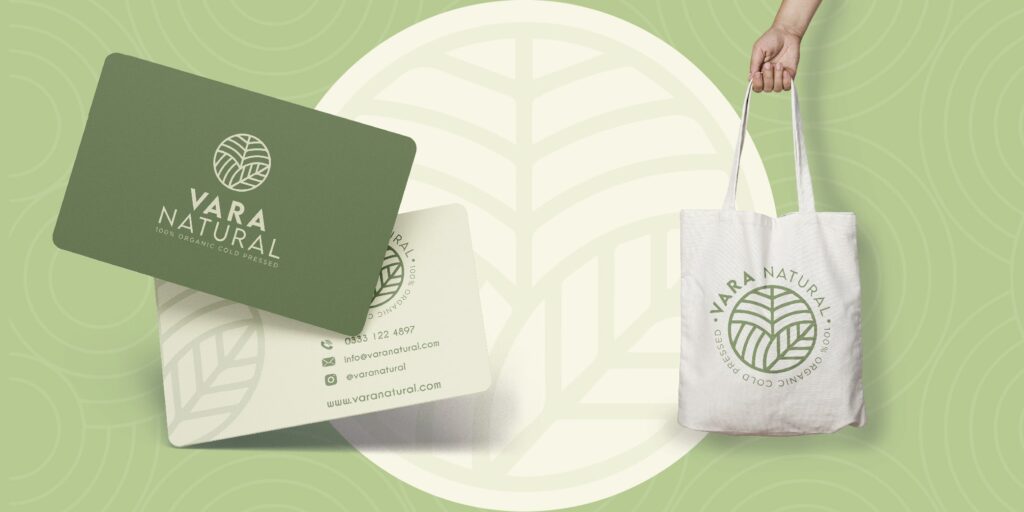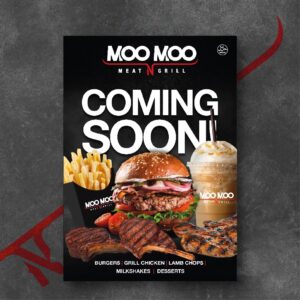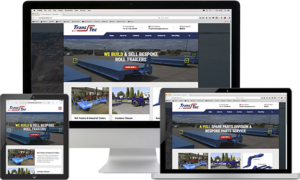

Design is a dynamic field that embraces a wide range of styles, each with its own unique characteristics and influences. By exploring different design styles, graphic designers can expand their creative horizons and develop a diverse portfolio. In this blog post, we will delve into a few popular design styles, such as minimalism, retro, and more, to understand their key elements and inspirations.
Minimalism: Minimalism is a design style characterized by simplicity, clean lines, and a focus on essential elements. Less is more in minimalist design, with a strong emphasis on whitespace and minimal ornamentation. Minimalist designs often feature ample white or negative space, bold typography, and a limited colours palette. This style aims to achieve clarity, functionality, and a sense of calmness. Examples of successful minimalist design can be seen in the branding of companies like Apple and Google.
Retro: Retro design is a nostalgic nod to styles, trends, and aesthetics of the past, particularly from the mid-20th century. It draws inspiration from various eras, such as the 1950s, 1960s, and 1970s, and embraces vibrant colourss, bold typography, geometric shapes, and kitschy motifs. Retro design often evokes a sense of nostalgia, whimsy, and fun. It can be seen in branding, packaging, and poster designs, bringing a touch of vintage charm to contemporary visuals.
Material Design: Material Design is a design language developed by Google, emphasizing a clean and modern aesthetic combined with a tactile and realistic feel. It draws inspiration from the physical world, using principles of light, depth, and motion to create intuitive and responsive designs. Material Design employs bold colours, subtle gradients, layered elements, and consistent iconography to provide users with a seamless and visually pleasing experience across digital platforms.
Grunge: Grunge design emerged in the 1990s as a rebellion against clean and polished aesthetics. It embraces a raw, gritty, and distressed style, often characterized by rough textures, overlapping elements, chaotic typography, and an overall edgy appearance. Grunge design evokes a sense of rebellion, individualism, and a counter-cultural attitude. It is commonly used in music-related designs, streetwear branding, and alternative subcultures.
Flat Design: Flat design is a minimalist design style that focuses on simplicity and two-dimensional visuals. It avoids complex gradients, textures, and shadows, opting for clean shapes, solid colours, and crisp edges. Flat design is often associated with user interface (UI) and user experience (UX) design, as it offers a clear and intuitive visual hierarchy. It has gained popularity with the rise of mobile and responsive design due to its scalability and legibility.
Art Deco: Art Deco design originated in the 1920s and 1930s and is characterized by its luxurious and glamorous aesthetic. It features geometric shapes, bold typography, intricate patterns, and a combination of metallic and vibrant colours. Art Deco design can be found in architecture, interior design, and graphic design, often associated with the elegance and opulence of the Roaring Twenties.
Scandinavian Design: Scandinavian design emphasizes minimalism, functionality, and simplicity. It incorporates clean lines, organic forms, and a neutral colours palette, often with pops of colours or natural elements. Scandinavian design strives to create harmonious and cosy spaces while maintaining a sense of functionality and practicality. It has influenced various fields, including furniture design, interior design, and product packaging.
Conclusion: Exploring different design styles opens a world of creative possibilities for graphic designers. By understanding the key elements, inspirations, and contexts of styles like minimal






I’m a Graphic Designer with a passion for creating unique and visually stunning designs. I have a keen eye for detail and a deep understanding of colour, typography, and composition. With years of experience in the industry, I have worked with a variety of clients across different sectors, including fashion, tech, and hospitality.

I’m a graphic designer with a passion for creating unique and visually stunning designs.
info@mintgrafix.com
(+44) 07355 662 129
mintgrafix © 2023 (All rights reserved)